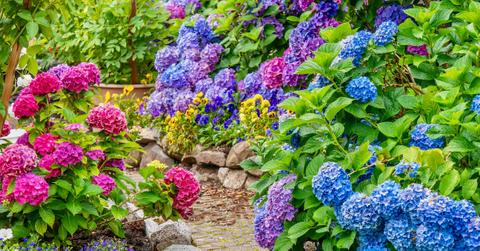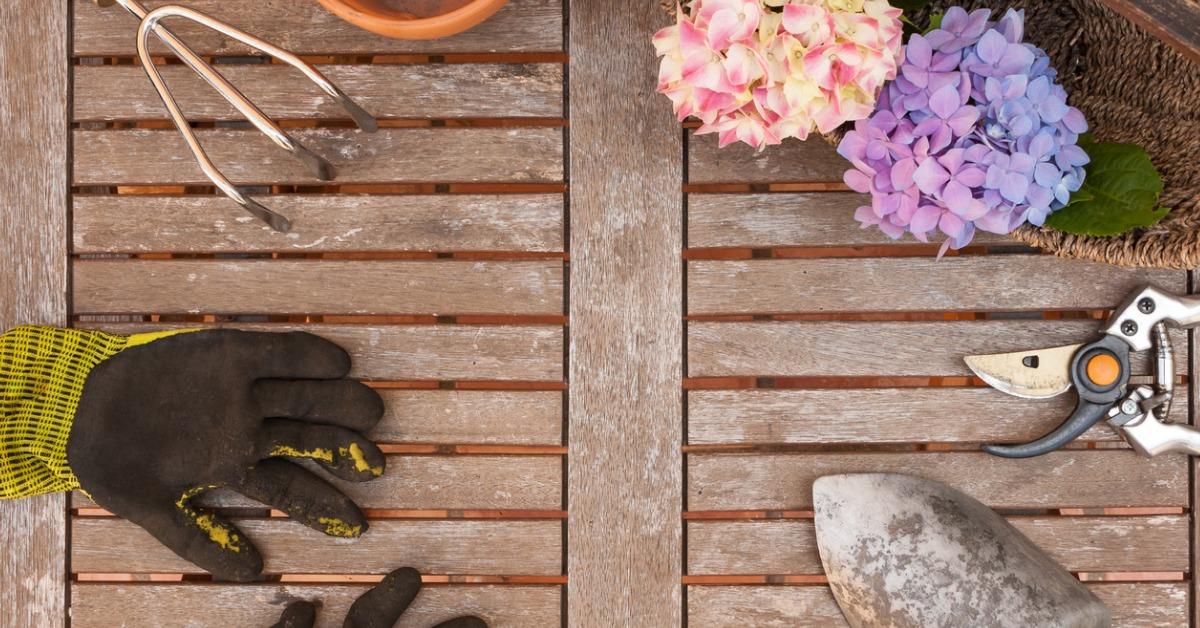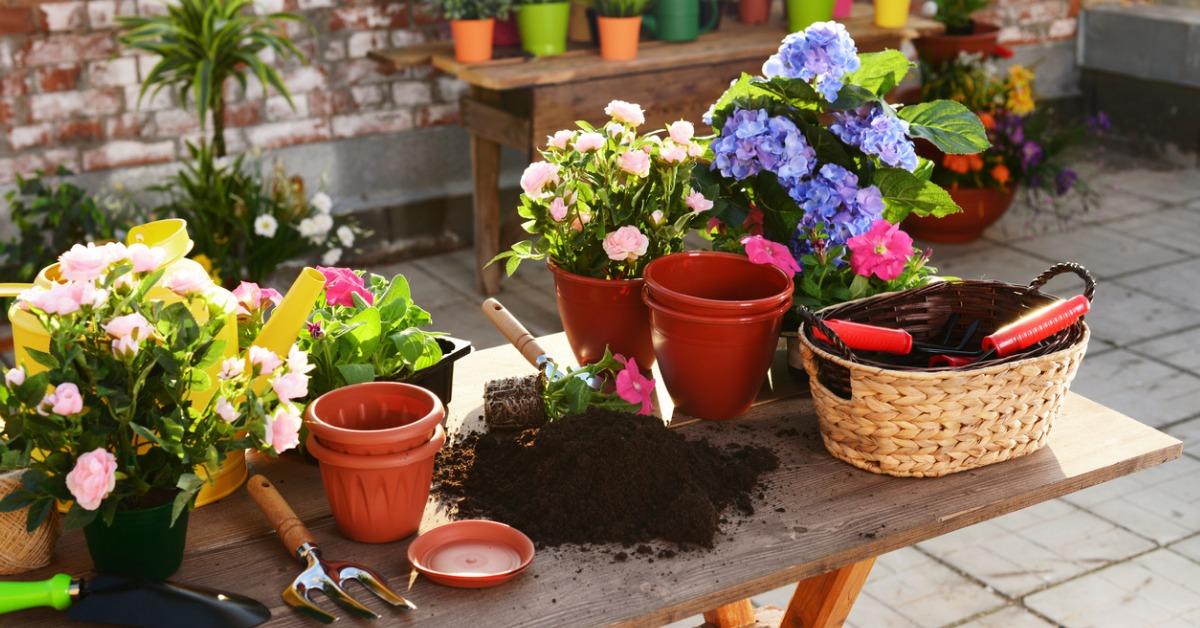When and How to Trim Hydrangeas
Updated Oct. 21 2020, 10:49 a.m. ET

The main draw of hydrangeas is their large, some might say ostentatious, blossoms. Hydrangeas are evergreens and while they only bloom in spring and summer, they live dormant through winter, returning to bloom again the following year. That is, if you haven’t made any mistakes in caring for them. Make no mistake, they may seem easy, but there are certain things about this unusual flower that even the best, most experienced gardeners ought to know.

What are the different types of hydrangeas?
As with many flowers, the hydrangea comes in many varieties and crossbreeds. There are five common types of hydrangeas that you’ll find in North America. Bigleaf, otherwise known as French hydrangeas, florist's hydrangeas, or hortensia, are the most commonly seen in the United States.
The other varieties are panicle hydrangeas, smooth hydrangeas, oakleaf hydrangeas, and climbing hydrangeas. All of these different strains have small variations in their care, but for the purposes of this discussion, we will be focusing on the bigleaf hydrangea.

What is a bigleaf hydrangea?
The bigleaf hydrangea comes in a variety of colors and the color of their flowers often changes with the pH of the soil. Acidic soil will produce blue flowers while more alkaline soil makes them pinker in color. In some rare cases, the flowers will simply stay white. Because of their shape, bigleaf hydrangeas cannot be pollinated. Thus, they bloom only in their season, commonly in Spring and Summer. They will bloom on and on for between 3-6 months, usually until fall approaches and they begin to change color.
When should you trim hydrangeas?
Timing is eminently important in the care of hydrangeas. Bigleaf hydrangeas usually set their buds from late summer to early fall. So it's important to know when you should and when you should not prune these flowers. Pruning in the spring or even late fall will remove the flower buds and any chance of getting blooms for that season.

Why should you trim hydrangeas?
Over the course of the bloom, spent flowers can and should be trimmed away as they fade. This will ensure that the plant is looking tidy. Most avid gardeners will advise that you wait until all the flowers have faded before pruning in earnest. A good tool for the job is a set of pruning shears or secateurs, though you could use a lopper, pruning saw, or hedge clippers.
Trimming away the dead and weaker stems is a good way to ensure new growth in the following season, but only if it is done correctly. Accidentally trimming away old wood might have an adverse effect on the buds the following year.

Will my hydrangeas survive winter?
Pruning too close to winter can be bad as well, especially in the case of bigleaf hydrangeas, which are most susceptible to winter bud injury. If you live in an area that gets particularly severe winters, you can protect your plants by tying the branches together and wrapping them with burlap. Only remove the burlap when the buds begin to swell in Spring.
If you missed the mark and your hydrangea is damaged during the winter, you can always cut back the dead, Winter-damaged stems all the way to the living wood. It may not bloom again the next season, but it’ll be alive to do so in another year.